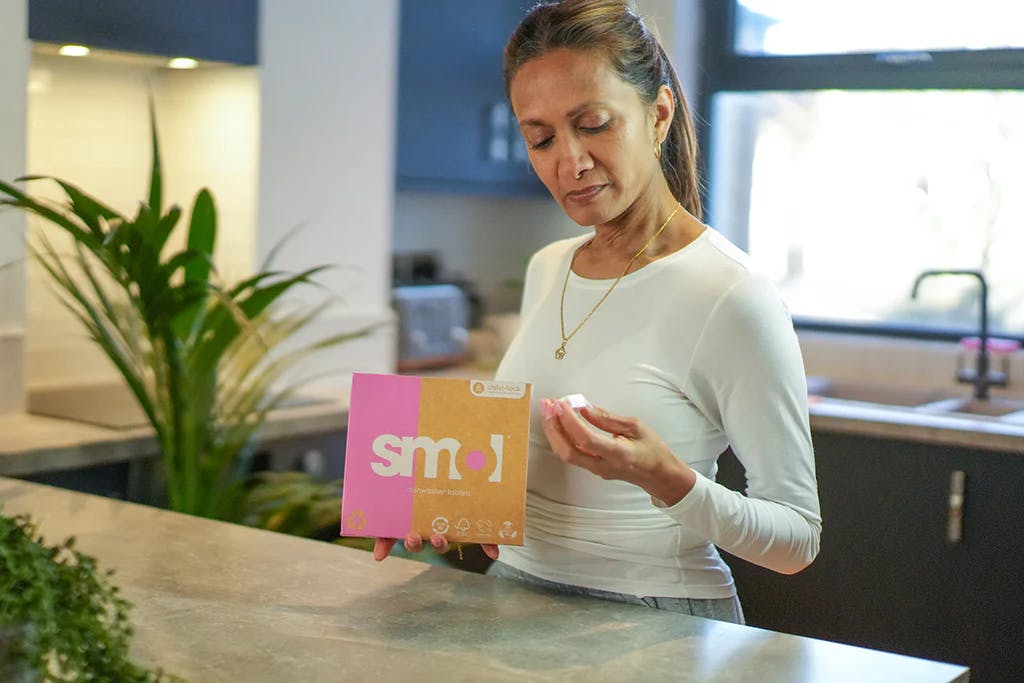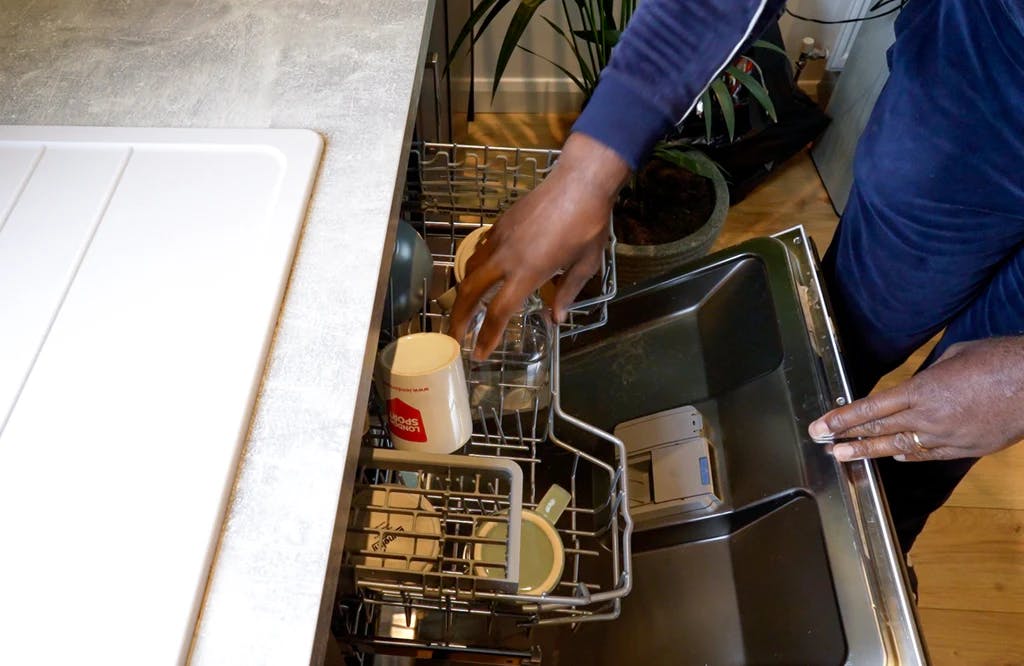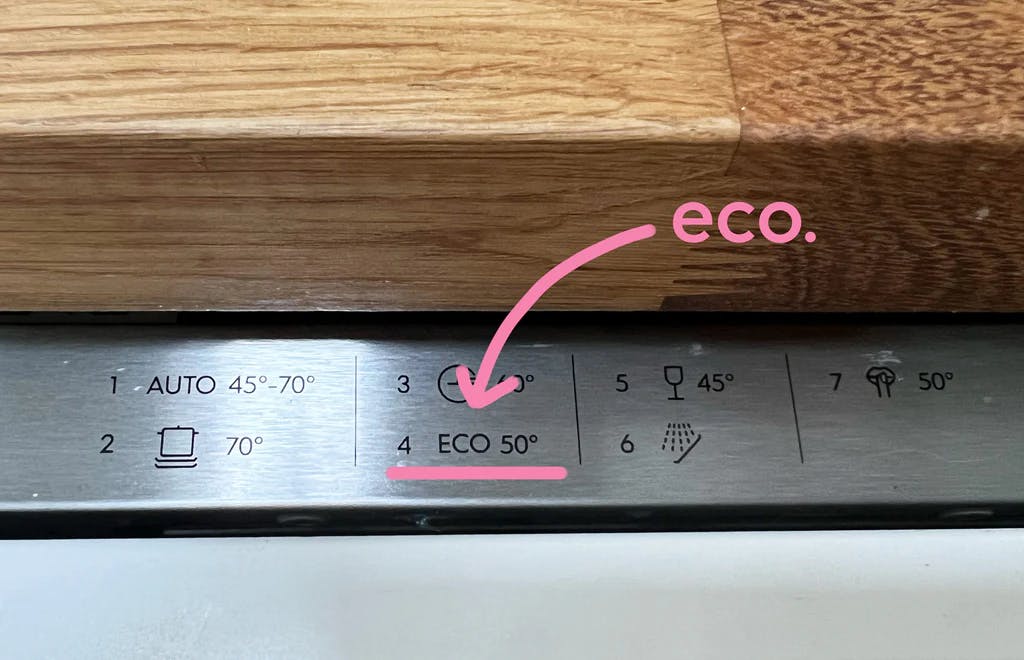24 Aug 2023
According to the Netherlands Environmental Assessment Agency, Europe is home to some of the world’s largest carbon-emitters – in 2015, Germany had the 7th highest emissions. The UK came 17th in the world on the chart, closely followed by Italy in 19th, France in 20th, and Poland in 21st.
We are all waking up to the realisation that our carbon footprints MATTER!
If we want to stop the planet heating to uninhabitable temperatures then we have to stop our heavy production of greenhouse gases.
The UN’s 2020 Climate Report found that the world is on course to heat by 4 to 5°C by the end of this century. Such a rate of warming would cause catastrophic disruptions to the global environment — extreme sea level rise, storms, droughts, heat waves, and more — yet countries are doing little to avoid such an outcome.
But if we don’t know the carbon output of our daily actions, or the different products we buy, how can we discover where to make cuts that make a difference?
enter the life cycle analysis, lca.

A Life Cycle Analysis, or Life Cycle Assessment (LCA) is a study on the environmental impact of any product throughout its whole life cycle. From start to finish. Everything.
It’s not an easy study to do and it’s costly because an LCA measures the entire impact of:
- The extraction and processing of all raw materials/ingredients in a product
- A product’s complete manufacturing process
- All of its distribution, from suppliers through to final customer
- The actual use of the product
- Any recycling treatment of the product
- The product’s final disposal
It’s a cradle to grave study and in the case of a smol dishwasher tablet there are a total of 12 stages to its life cycle.*
- Sourcing and making the ingredients
- Sourcing and making the packaging
- Transporting the ingredients to the manufacturing plant
- Transporting initial packaging to the manufacturing plant
- Making the tablets
- Transporting the tablets to the smol factory
- Transporting the smol cardboard packaging to the smol factory
- Transporting the smol boxes to the Royal Mail hub
- Distributing the smol boxes to customer homes
- Using the tablets in a standard dishwasher which involves water and electricity use
- Wastewater treatment of the dishwasher machine grey waste water
- Disposal of the cardboard packaging
Each one must be assessed and given a carbon output figure. Once these 12 figures are combined, we have the total carbon footprint of the dishwasher tablet.
which stage creates the most carbon in the tablet’s life?

Almost 87% of the tablet’s carbon footprint comes into play at stage 10. That is basically from how the tablet is used in the home. So essentially, this carbon is coming from the dishwasher’s electricity and water-use when the tablet is put in the machine and the dishes are washed.
Manufacturing the ingredients that go into the tablet is the second biggest contributor to a tablet’s carbon footprint but it only accounts for 9% of the total because so much of the tablet’s footprint comes from how it is used in our homes.
Interestingly our LCA discovered that transportation stages and creation of packaging played only a tiny contribution to the carbon footprint of our dishwasher tablets.
a quick cut.

Because almost 90% of the dishwasher tablet’s footprint comes at the stage where we use it to wash our dishes - there is one super simple way we can all immediately reduce our tablet’s carbon footprint.
Hit that eco cycle!
It’s important to know that depending on the program you choose, you’ll be using different water temperatures, different water amounts, varying rinse times and drying times. This all makes a difference to how much energy and water make up the cycle.
And using less water is one key way we can reduce our carbon dioxide output. We might think our water comes naturally from local lakes and rivers without consequence, but that’s NOT the case!
Just like generating electricity for your dishwasher, the efforts to maintain and purify your water take up energy too. In the UK, we require 4,645 litres of water per person every day, resulting in 3.68 million tonnes of CO2 per year from the supply and treatment of our water.
Picking the most eco-friendly cycle is going to use less water and less electricity. The average eco cycle on a dishwasher is:
- Great for everyday lightly soiled items
- Going to use around 20-40% less energy and water
- The most environmentally friendly option for washing your dishes
- Going to take around 3 to 4 hours to run.
So yes, the eco cycle is going to take a little longer but the savings on your energy bills and the lower carbon footprint more than make up for this. And with modern detergents like smol all-in-one dishwasher tablets you won’t need to worry about cleaning performance.
Knowing that our customers can have a real and immediate impact on our tablet’s footprint spurred us on to champion the eco wash!
We consider it a priority to inform customers how they can wash on this cycle and still see brilliant results. To learn more about this you can check out our story here. And the extra great bonus on cutting your tablet’s footprint is you’ll save money too. Cooler washes mean lower bills!
future cuts.
Finding ways to cut our dishwasher tablet’s carbon is an ongoing project. Educating our customers on how to best use them in the home is just part of that.
We continue to assess ways in which our packaging, ingredients, manufacturing and transportation can improve with the aim that our products have the best and lowest carbon footprints possible in the ongoing fight against the carbs!
*eLoop sustainability experts carried out a full lifecycle analysis - in accordance with ISO14067
